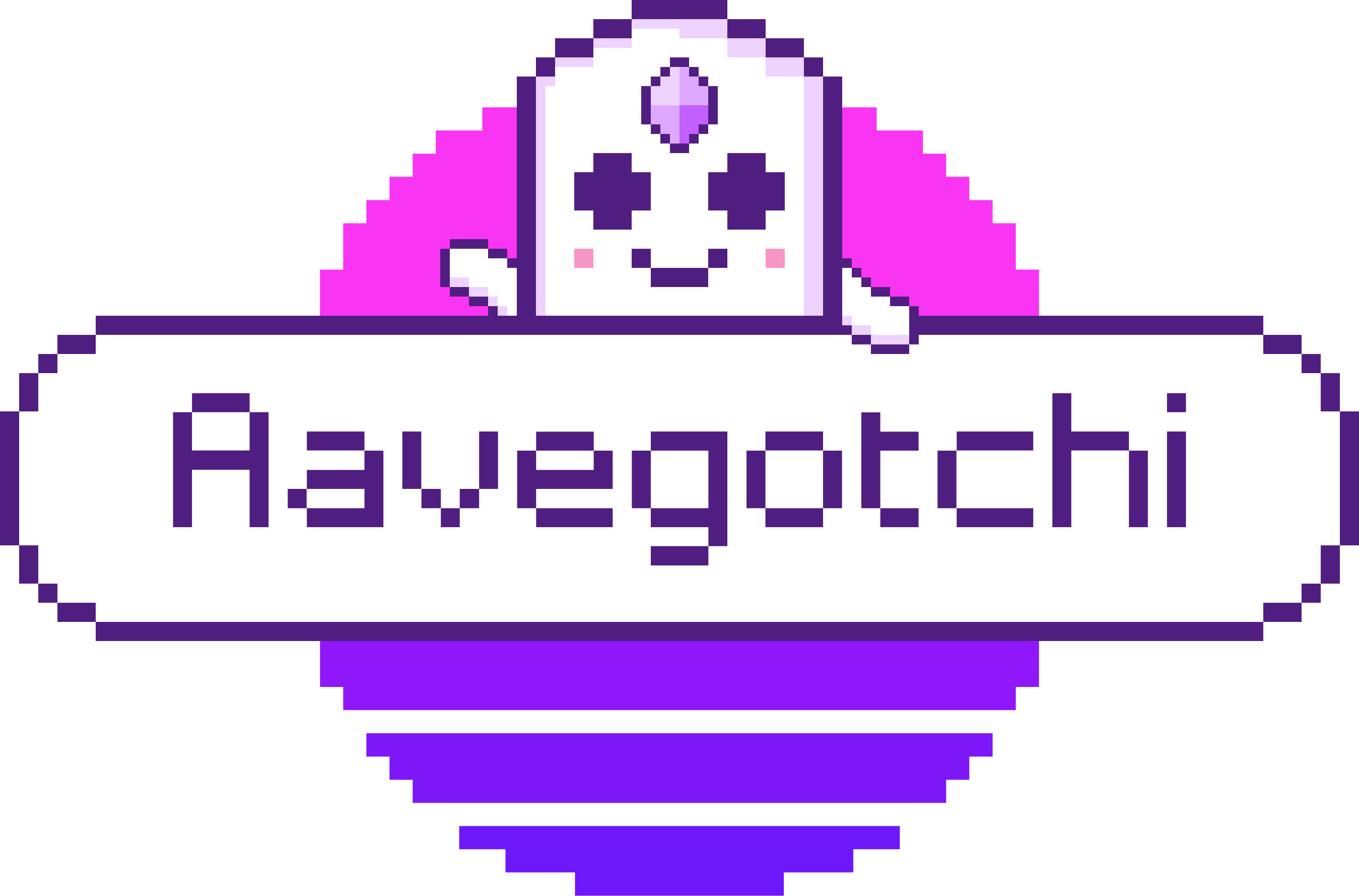595 reads
Aavegotchi is Writing the Future of GameFi with The Gotchiverse
by
March 27th, 2022
Audio Presented by

Aavegotchi is an open-source, community-owned NFT gaming protocol, enabling true asset ownership for gamers.
About Author
Aavegotchi is an open-source, community-owned NFT gaming protocol, enabling true asset ownership for gamers.